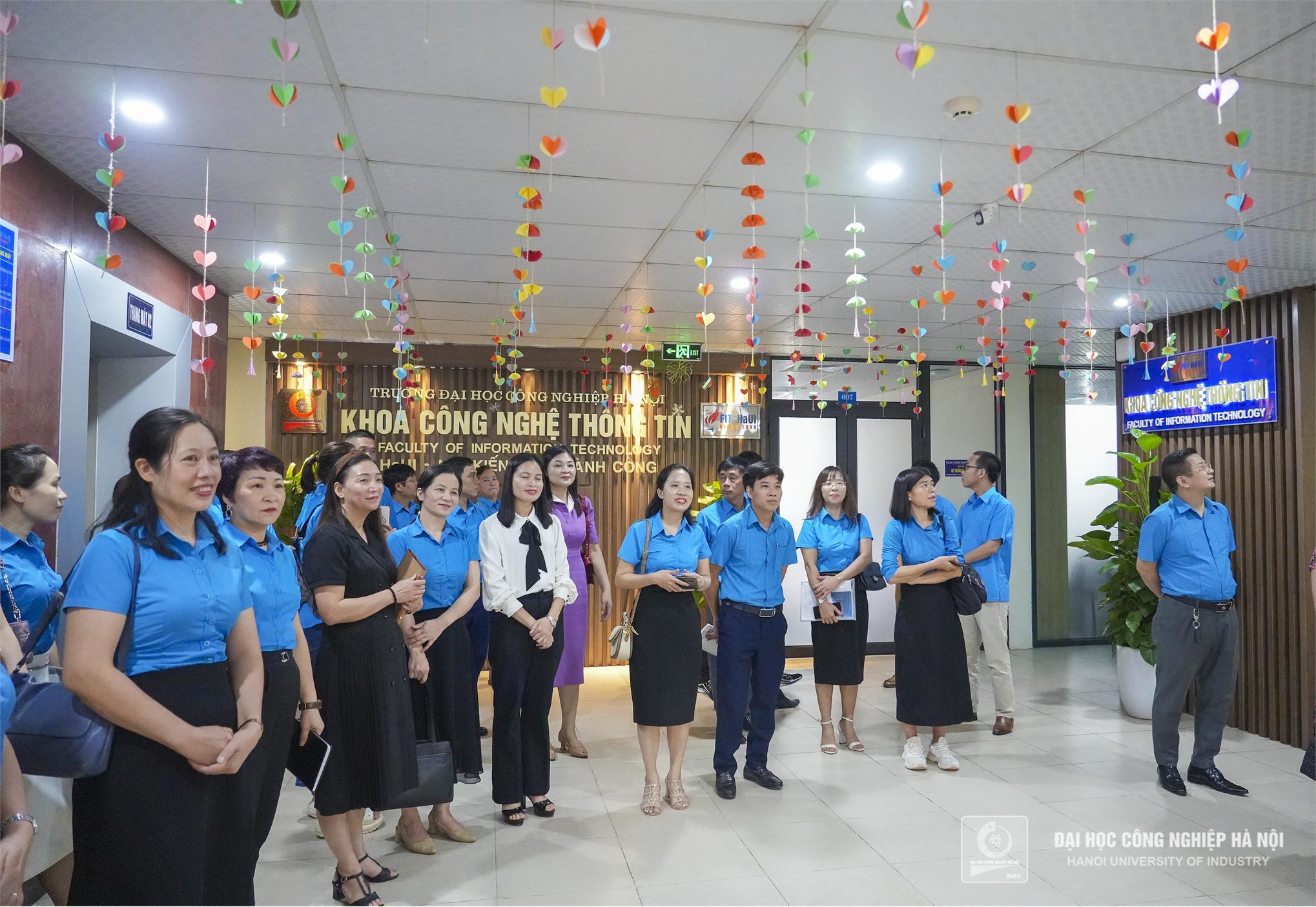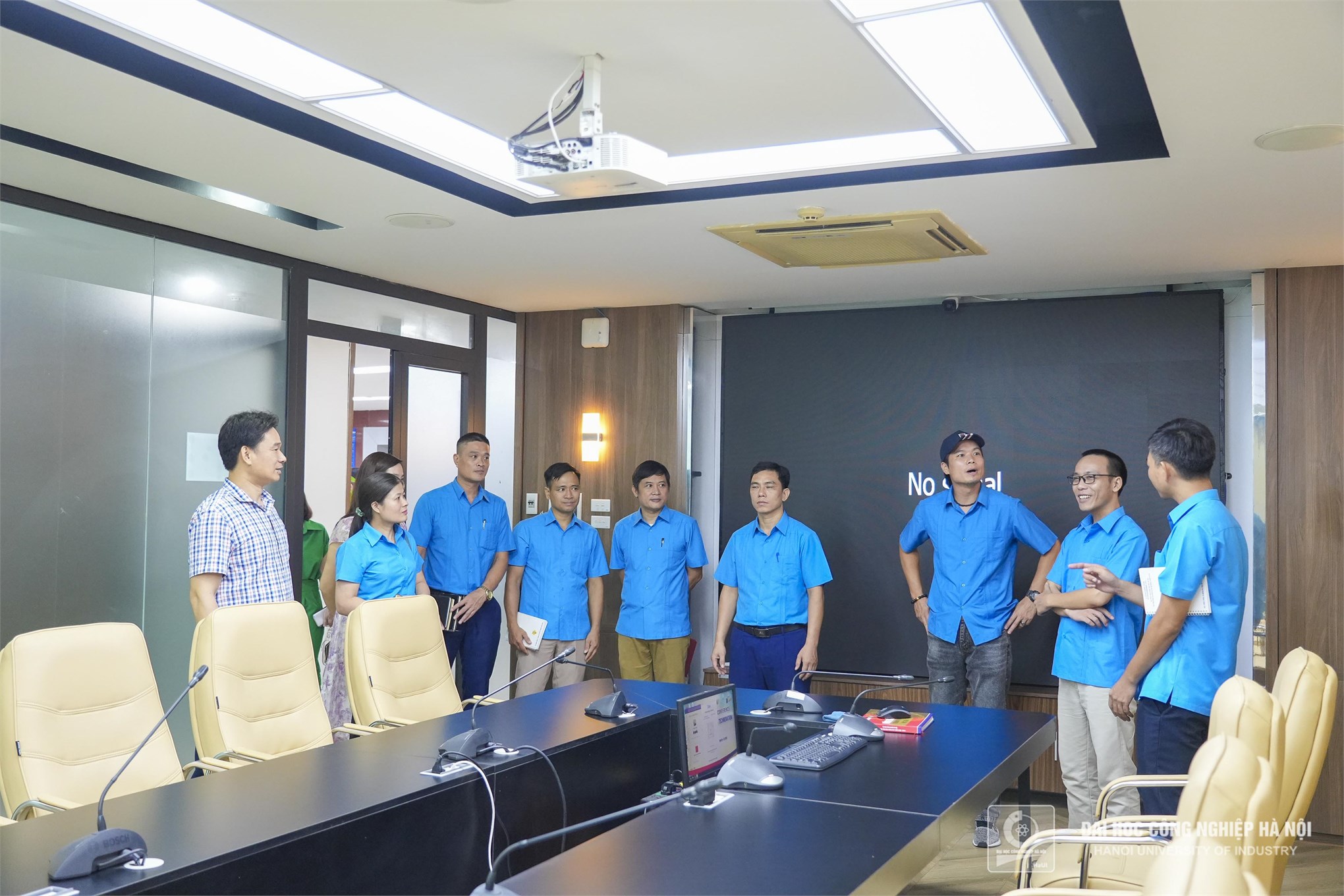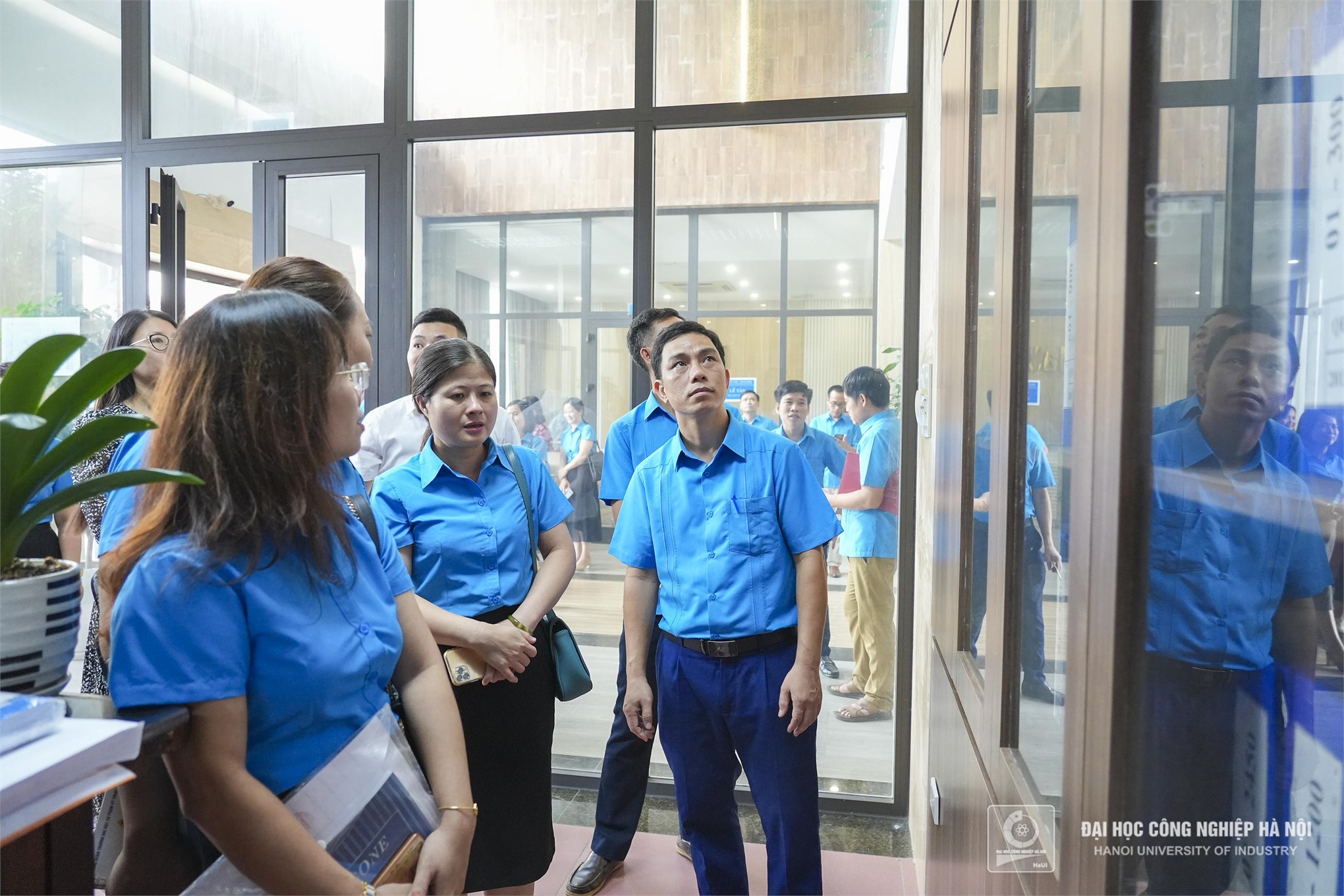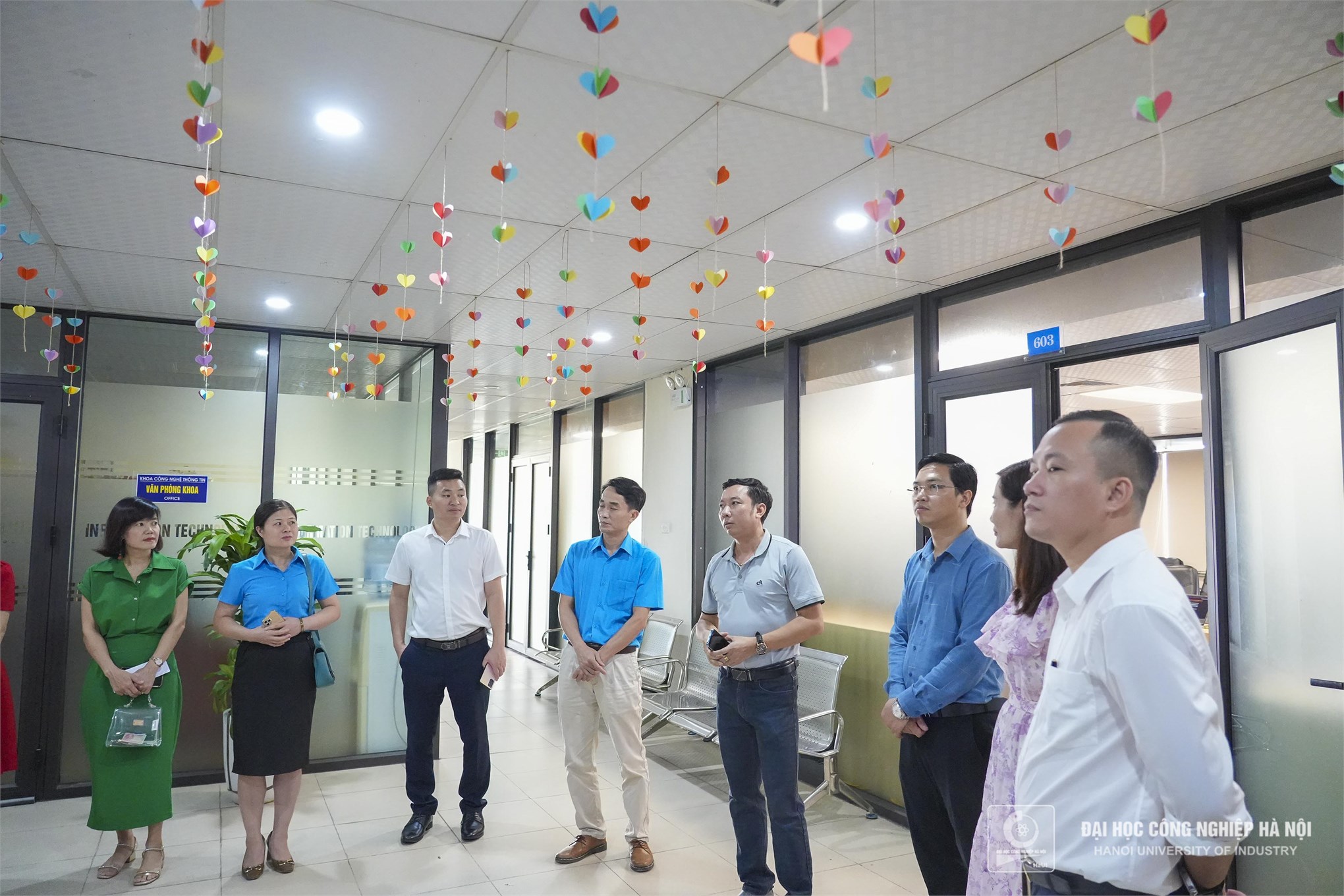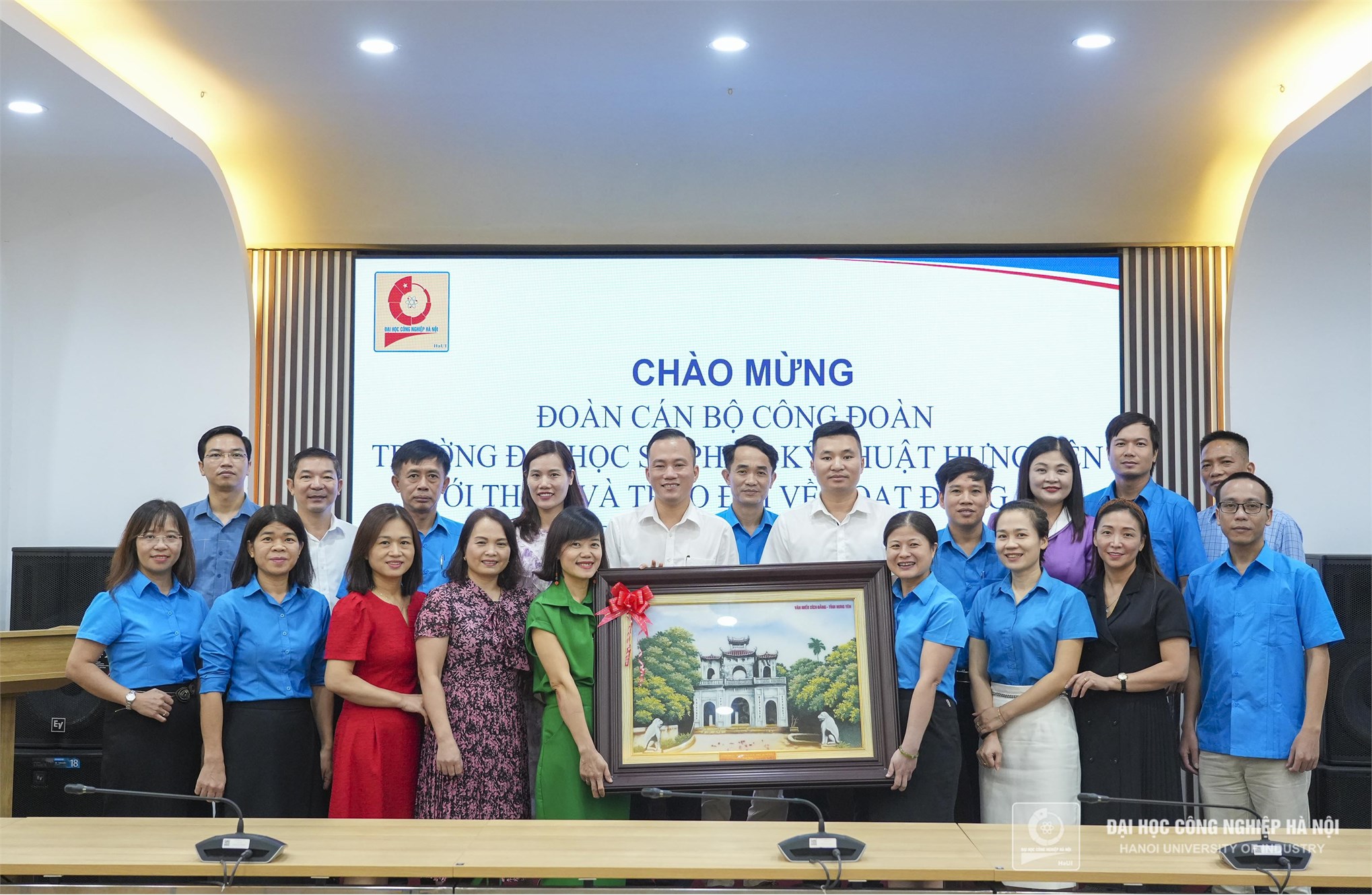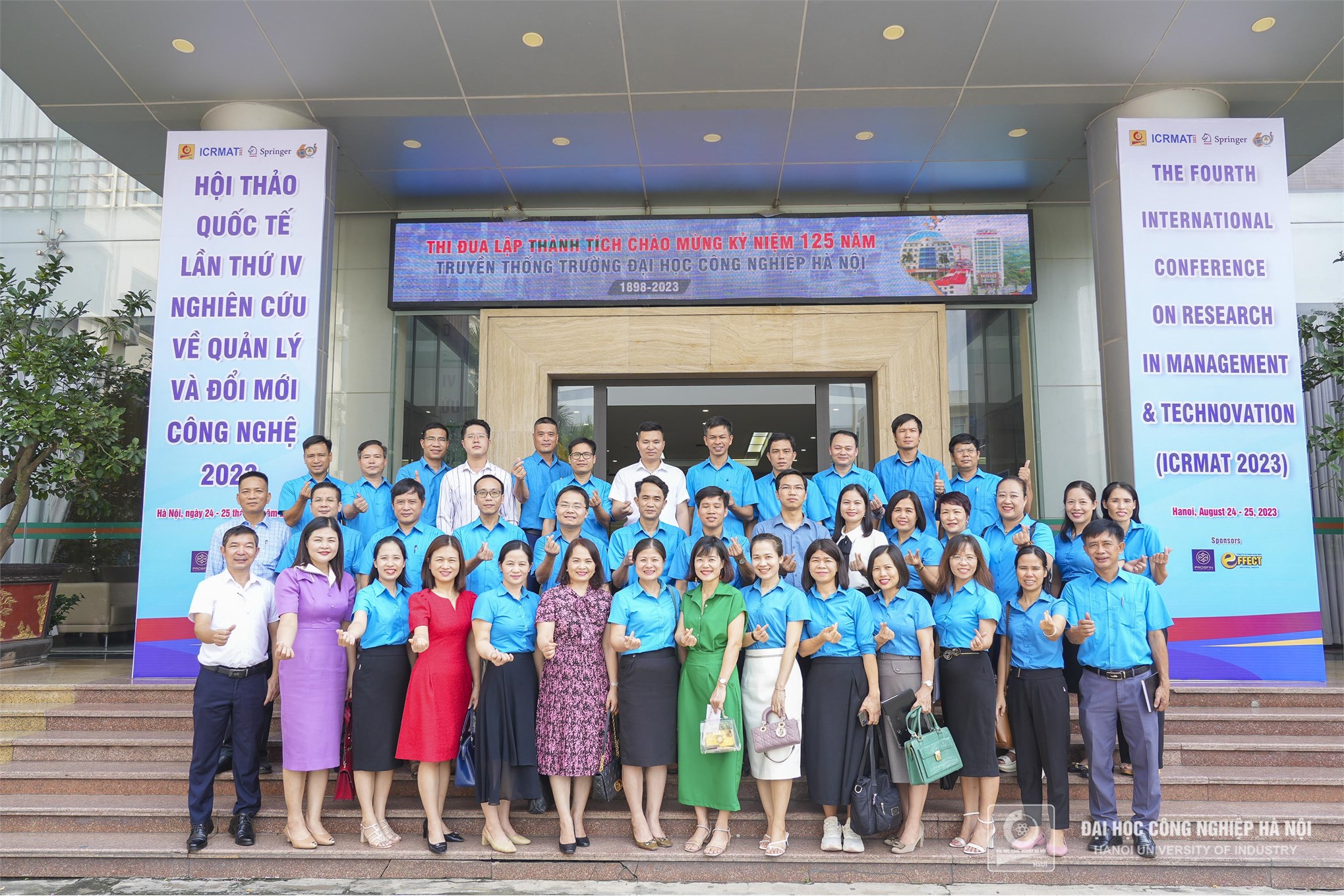Hung Yen University of Technology and Education explores the 5S model at Hanoi University of Industry
On August 26, a delegation from Hung Yen University of Technology and Education embarked on a journey to explore the 5S model at Hanoi University of Industry.
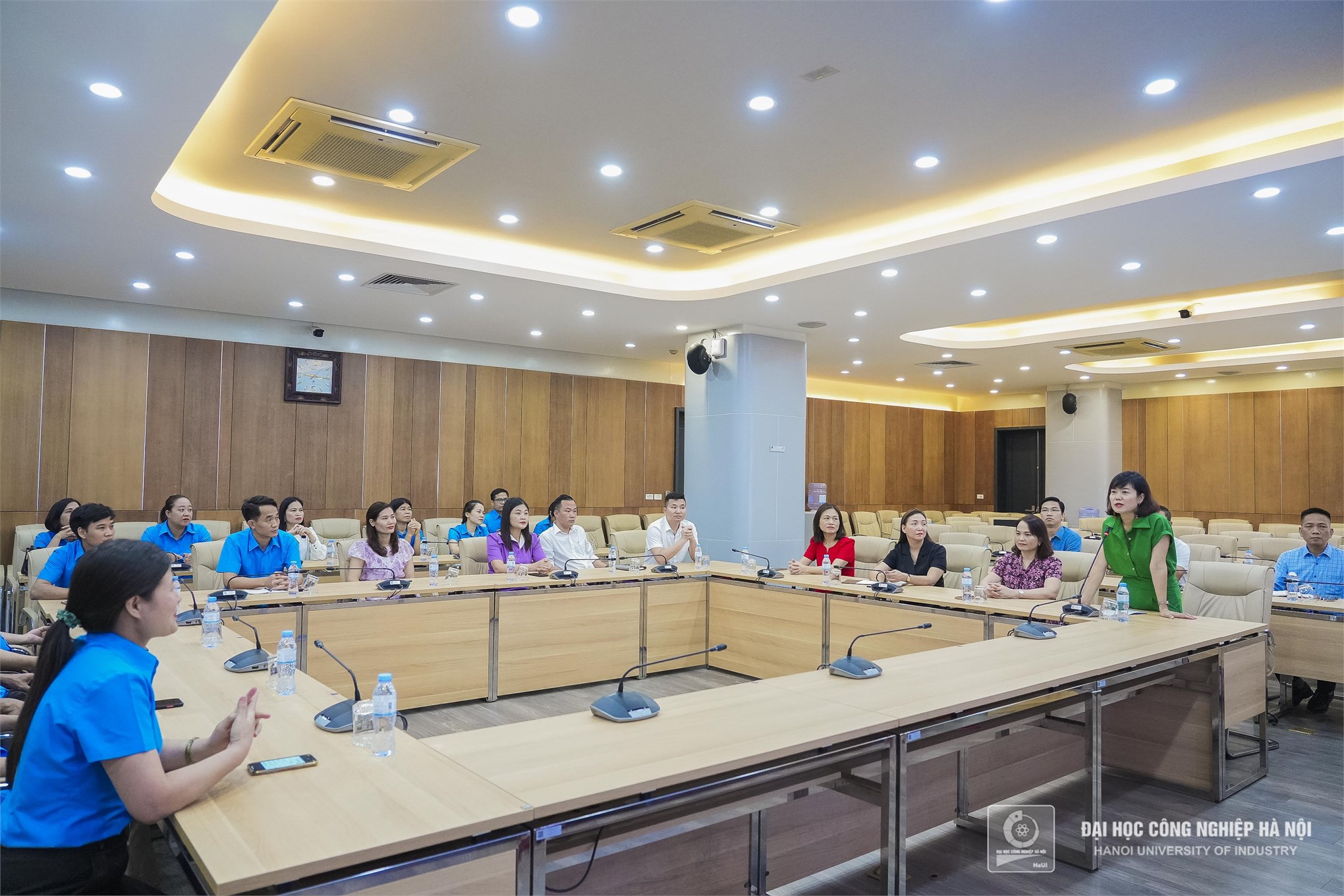
During their visit, the delegation had the opportunity to explore various aspects of the 5S model at Hanoi University of Industry. They observed how the principles were applied in classrooms, laboratories, administrative offices, and even the campus environment. Through extensive discussions with their counterparts at Hanoi University of Industry, they gained valuable insights into the challenges and benefits of implementing the 5S model.
One of the most significant benefits of the 5S model is improved efficiency. By eliminating clutter and optimizing workspace organization, institutions can reduce wasted time searching for materials and information, allowing faculty, staff, and students to focus on their core tasks. The 5S model's emphasis on cleanliness and orderliness contributes to a safer campus environment, reducing the risk of accidents and injuries.

The visit of Hung Yen University of Technical Education to Hanoi University of Industry to study the 5S model exemplifies the commitment of educational institutions to improving their environments and practices continuously. The 5S model offers a structured approach to organization and efficiency that can benefit any institution, from classrooms to administrative offices.
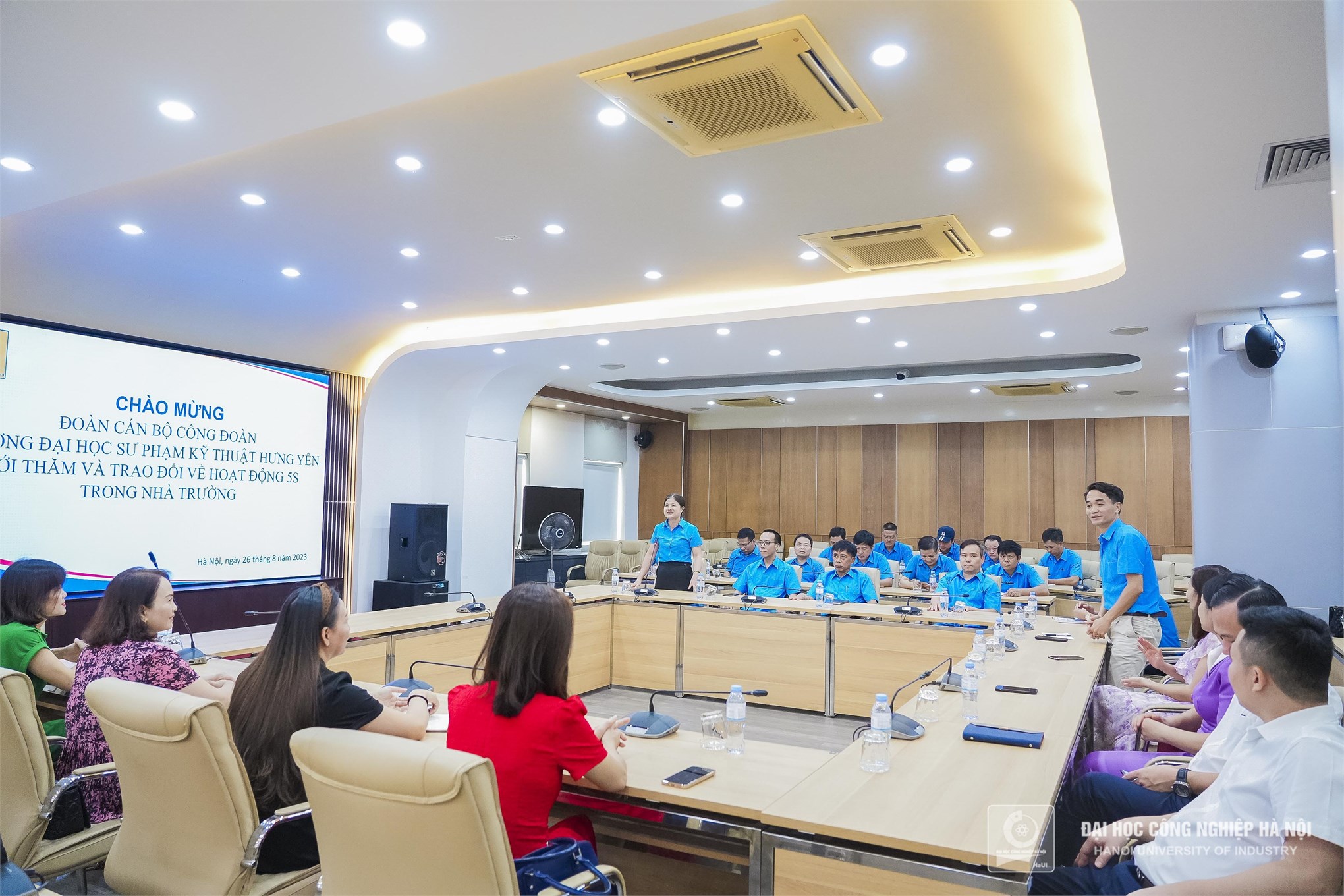
The 5S model is a systematic methodology for workplace organization and management. Originating in Japan, the model consists of five principles, each represented by a Japanese word beginning with the letter 'S':
Seiri (Sort): This principle emphasizes the importance of sorting and categorizing items, retaining only those necessary for daily tasks while eliminating redundant or unused items.
Seiton (Set in order): Organizing items in a structured and efficient manner is the focus here. It involves assigning a specific place for each item to ensure easy access and retrieval.
Seiso (Shine): Keeping the workplace clean and orderly is essential to prevent accidents and enhance productivity. Regular cleaning and maintenance are key components of this principle.
Seiketsu (Standardize): Creating standardized procedures and processes ensures consistency and uniformity in the workplace. Standardization helps in maintaining the gains achieved through the first three principles.
Shitsuke (Sustain): The final principle focuses on maintaining the 5S practices over the long term. It requires continuous monitoring, training, and the development of a culture that embraces and sustains the improvements made.
